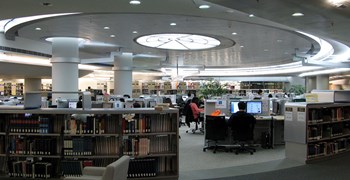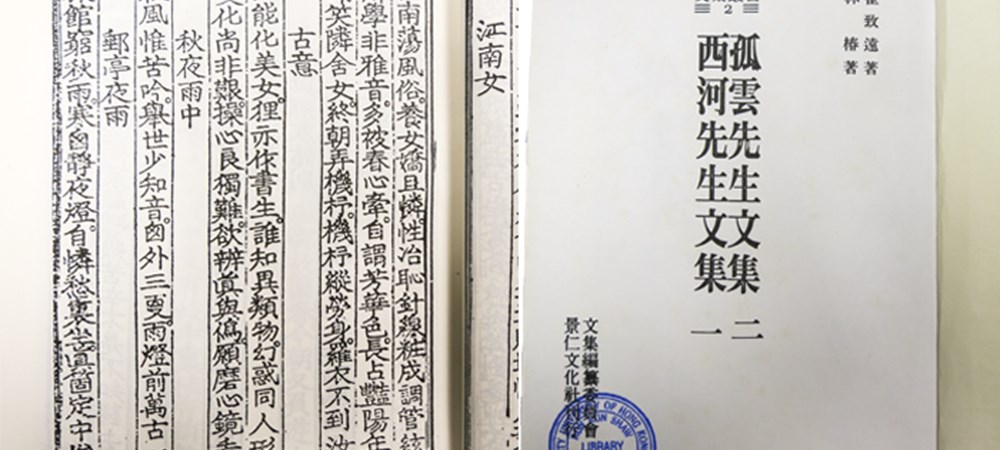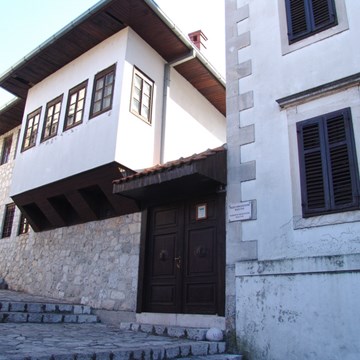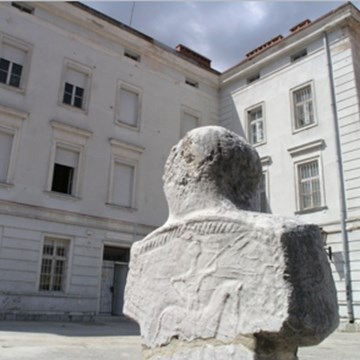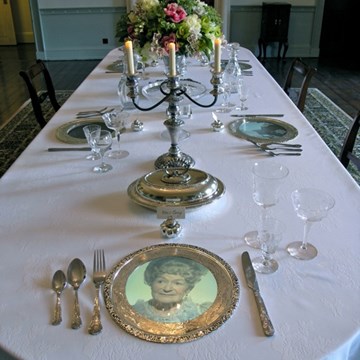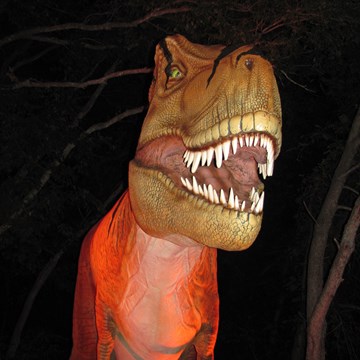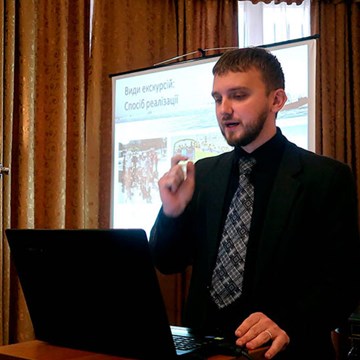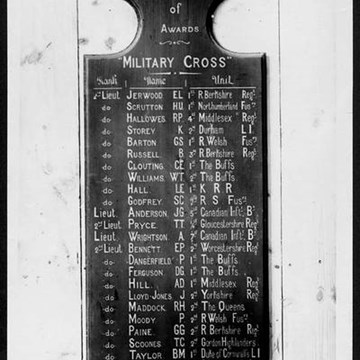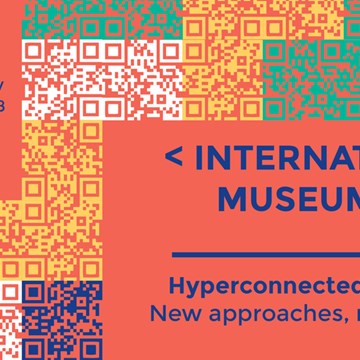《自然與詩心》Nature and Poetic Mind
科學與藝術 — 中韓學生書法大賽(首爾2020)邀請參賽通知
Science and Art – Korean and Chinese Students Calligraphy Competition with Multimedia Creation Exhibition (Seoul 2020)
The Run Run Shaw Library in collaboration with Calligraphantasy and the Department of Linguistics and Translation invites students to take part in a co-curricular, cross-cultural activity which will engage participants in cultural studies from different perspectives, with a series of activities in calligraphy, essay writing, English translation, multi-lingual recital, documentary filmmaking, and the use of new media technology. Through these activities, students will develop knowledge and cultivate an appreciation of the beauty of historical poetry from within the Sinosphere. Selected students will have their works displayed all over Asia, at exhibitions in Seoul, Beijing, Changsha, Hangzhou, Hong Kong and Macau in 2020/21Calligraphy CompetitionCompetition guidelines:
- Theme of the competition: Nature and Poetic Mind 《自然與詩心》
- Participants will create a calligraphy artwork of a selected text or passage, which may be a poem, proverb, etc. in compliance with the points below.
- Participants must be current students or alumni graduated in the last 5 years.
- Participants are encouraged to consult original materials and primary sources, using the “Siku Quanshu 四庫全書(Wenyuange 文淵閣Edition) online database” or “Korean Classics Indexing Project Online Database,” and apply text mining analysis to discover the ancient texts that bear on the theme of this competition.
- The subject and contents of calligraphy must refer to a poem from Korean or Chinese ancient classics. Calligraphy can be written in any script style (regular, cursive, clerical, seal, etc.) but should be written vertically (portrait). The size of artwork is limited to 180cm long and 97cm wide.
- Participants are required to conduct a literature review based on their selected historical East Asian text. If they have chosen a poem describing a scenic spot or a place of beauty, they are required to review historical texts regarding the selected poem. It is expected that participants review at least two other related ancient poems.
- Participants must submit an 800 to 1200 word essay, “My Story of Creation," to describe the background and reasons for the artwork as it relates to the competition theme, nature and poetic mind.
- Participants are required to provide the artwork photo and the image of the source of ancient classics for the judging panel and future exhibition (calligraphic artwork with ancient book image).
- The artworks will be judged by a panel of experts from six universities, with 40% of the total score based on the essay, and 60% on the calligraphic artwork. There will be 6-10 different students’ works selected from each of the 10 participating universities for inclusion in an exhibition in Seoul, where the final judging will take place. The participating universities include (by alphabetical order): Sungkyunkwan University, Shanghai Jiao Tong University, Zhejiang University, Tsianghua University, Seoul National University, Kyonggi University, Beijing Language and Culture University, The Chinese University of Hong Kong (Shenzhen), Daejeon University, Central South University, and City University of Hong Kong.
Helpful hints:
1. Participants must remain mindful that it is common for a historical East Asian text to exist in slightly different versions. For example, there are at least two versions of Li Bai’s (李白; 이백) , “Night Thoughts” 《靜夜思》(정야사) written by Li Bai (李白) which was published in Tong Dynasty (i.e., 李太白文集), and also published in Qing Dynasty (i.e., 御定佩文齋詠物). Students must reflect upon the primary sources (i.e., Siku Quanshu (Wenyuange Edition) online database ) and decide which version is more appropriate for their use and why.2. Different historical East Asian texts may share the same title, but hold different perspectives due to different authors from their own unique backgrounds using the same themes. Take the following poem for example: “Night Rain on the Xiao and the Xiang River” (瀟湘夜雨) authored by Chinese poet Wang Zhidao (王之道)(1093-1169) published in 《相山集》(source: Siku Quanshu (Wenyuange Edition) online database ) and Korean poet Yi Jae-hyun (李齊賢; 이제현)(1287-1367) published in 《益齋先生文集》(source: 韓國歷代文籍叢書 13. 首爾: 景仁文化社. 1999. p:565 or Korean Classics Indexing Project Online Database ) . Both of these poets had been to Hunan and were inspired by the beauty of Hunan’s natural environment.
3. Chinese / Hanja characters might be presented in variant forms of historical East Asian writings, in contrast to modern, standard Chinese characters. For example, the standard Chinese character for “window” is “窗,” while in historical texts this may be presented in other variant forms such as “窓” and “囱”. Participants are encouraged to replicate the Chinese character as it appeared in the original source.
Exhibitions and events from this museum
We don't have anything to show you here.
Activities from this museum
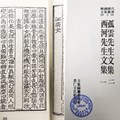
《自然與詩心》Nature and Poetic Mind
科學與藝術 — 中韓學生書法大賽(首爾2020)邀請參賽通知 Science and Art – Korean and Chinese Students...
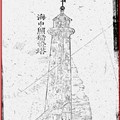
遐邇貫珍的西學東漸 - 燈塔
主題演講: 「遐邇貫珍的西學東漸 - 燈塔」 特邀嘉賓: 黃天教授 香港城市大學LHRC項目海事交通史專家 Location: User...
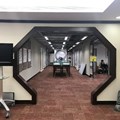
Evolution of Recording Mediums for Xiyu Pagoda Lighthouse 文献载体的變化潮流:以西屿灯塔为例
Time: 5:30pm – 6:00pm Place: The Exhibition Area outside the Si Ku Quan Shu...
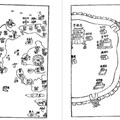
Workshop and Seminar: Lights in Time
Venue: User Education Room, Run Run Shaw Library Time:...
